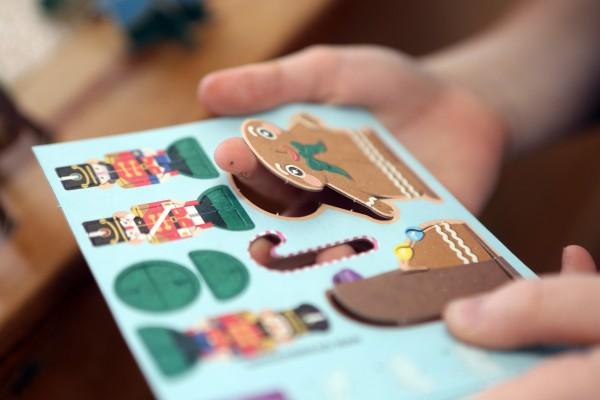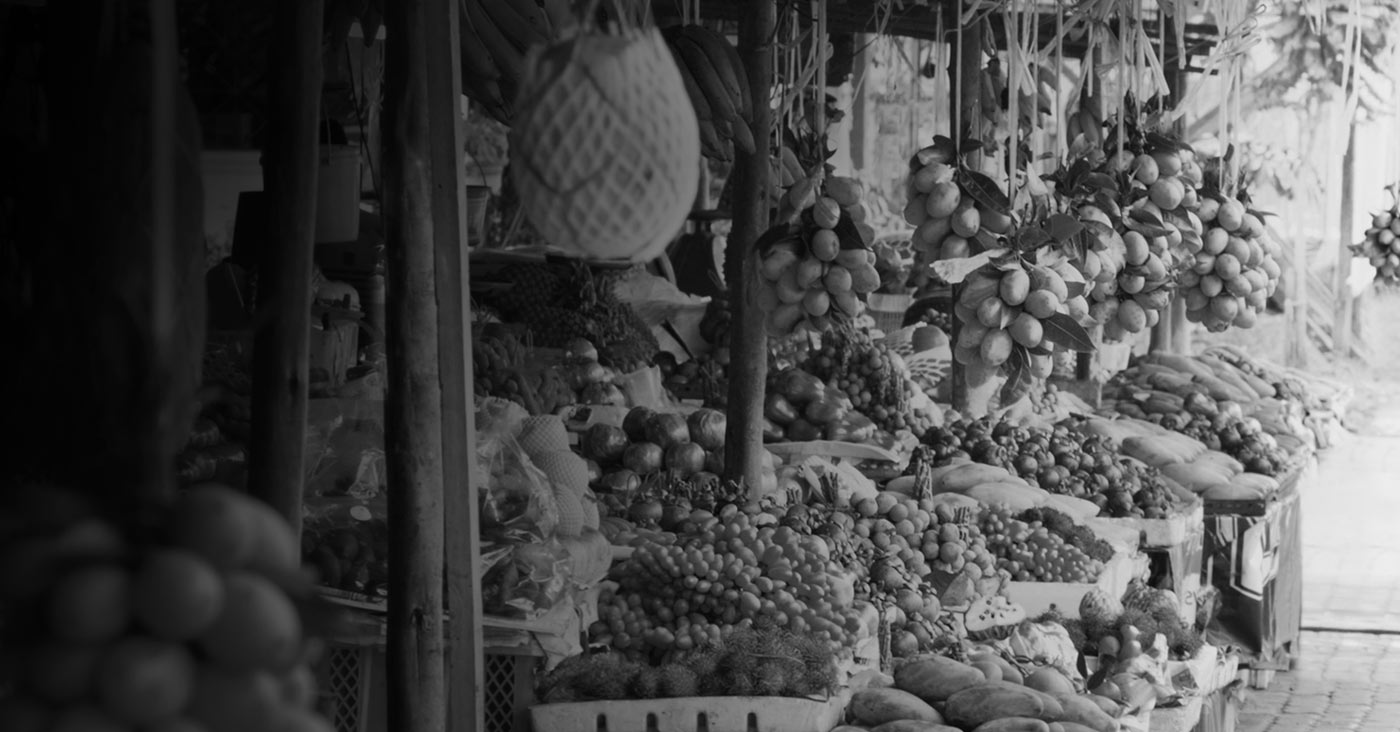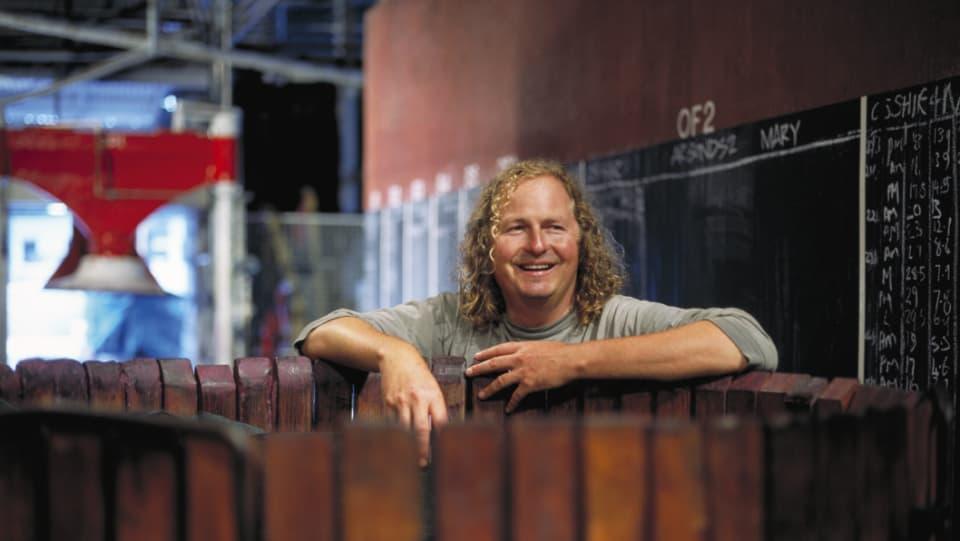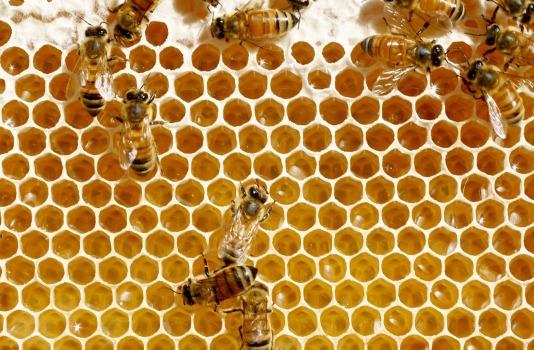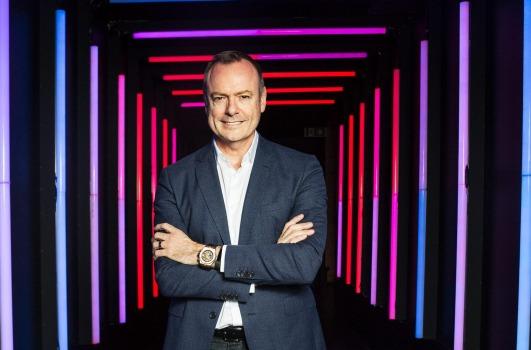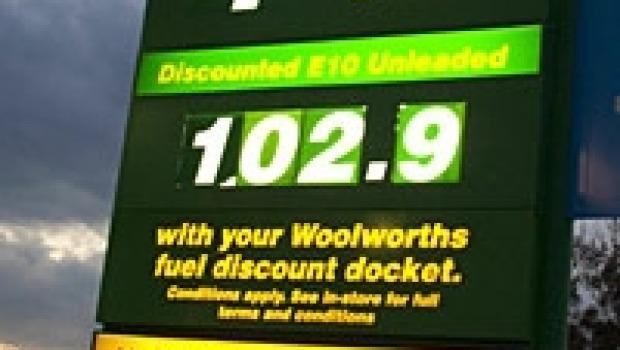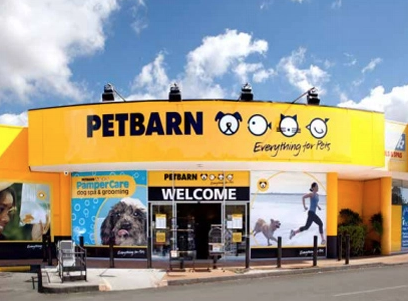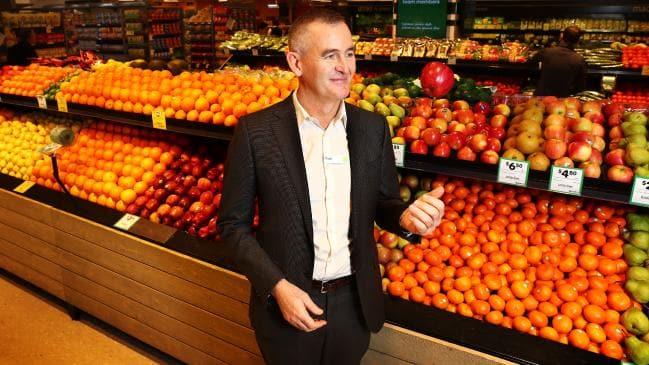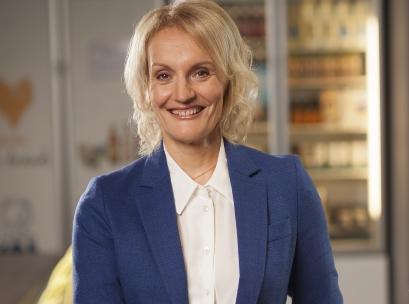
Kathy Karbatsas was appointed managing director of Lion Dairy & Drinks in December 2017, having joined the business in 2006.
She shares the valuable lessons she has learned throughout the company’s evolution and recalls her break from corporate life to help the homeless in Melbourne.
Inside FMCG: Is there such a thing as a typical day in your role?
Kathy Karbatsas: Never! No day is typical in my role, and often my “to do” list by the end of the day looks vastly different to the one I started with. It’s important that I balance my time between working on the business as well as being there for our team, customers and our suppliers – so I need to be nimble depending on each day’s requirements.
Inside FMCG: What’s the best part of your job?
The fact that we make great products and have great brands that people enjoy consuming – every day! It’s exciting to work for a business that can contribute to people’s health and wellbeing. Seeing my team achieve great things and working with them to make a difference to the lives of so many of our consumers is also extremely rewarding.
Inside FMCG: How has lion changed and developed during your time there?
The business is constantly evolving, innovating and responding quickly to ever-changing consumer needs. One example of this is the growth of convenience foods – we know that Australians are increasingly eating on the go, so we seek to provide healthy options that our consumers can pick up and enjoy on the run, and we’re investing in developing new packaging and product design solutions to meet this need.
Inside FMCG: What do you think is the biggest challenge in the dairy business?
Our industry naturally faces supply chain disruption caused by environmental factors, and the current drought is obviously a challenge for many of our dairy farmers in New South Wales and parts of Queensland and Victoria. Ensuring we’re set up to support our farmers during these periods is a vital and extremely important part of our business.
We invest heavily in our farm services teams and support programs to limit the impact that environmental challenges can have on our farmer partners. Ever-changing consumer trends also provide an ongoing challenge for the business, and we’re focused on both responding to changing consumption habits and stimulating the market with new and innovative products.
Inside FMCG: How has Lion adapted to meet the demand for alternative dairy products and healthier options?
We’re committed to providing nutritious options for our consumers, and in 2014 we announced Our Goodness Promise, an ongoing commitment to celebrate the inherent goodness in our dairy and juice products as well as improving the nutritional quality of our products and making it easier for everyone to make good choices, every day.
Four years in, we’ve taken great steps in increasing the nutrition content of our products and educating consumers on making healthier choices. An example of this is our goal of reducing added sugar across the portfolio by 10 per cent by 2019. Our reformulation of the Yoplait Petit Miam range alone earlier this year has removed hundreds of tonnes of sugar from supermarket shelves.
Additionally, we’re taking steps to reduce added sodium by 5 per cent and fat by 10 per cent within the same period. As well as reformulating some of our products and adapting packaging sizes, we’re looking to invest in new products and innovations that deliver healthier options. We’re also proud of our 20-year joint venture with Vitasoy Australia, which has allowed us to offer nutritious plant-based milks as an option for Australian consumers who wish to include this in their diets.
Inside FMCG: What’s the most important thing to remember about meeting consumer needs?
It’s important to strike a balance between listening to the customer and pre-empting consumption trends. We invest heavily in R&D to ensure we’re ahead of these trends and that we’re leaders, rather than followers, across our portfolio. Similarly, we listen to customer and consumer feedback and adapt to demand, which can mean anything from bringing back a limited-edition flavour for our flavoured milks due to an overwhelming social media response, through to introducing a whole new item such as our Farmers Union Splits, a fantastic new yoghurt product we developed in response to customer demand for healthy and convenient breakfasts.
Inside FMCG: In 2002, you took a break from corporate life and managed crisis accommodation facilities for three years. Tell me about your experience with that.
I took a break to support my husband in our family business, running crisis accommodation across Melbourne, as our scale was expanding and we needed more hands on deck. I worked five days a week in the office of our largest facility and was on call 24 hours a day across all our facilities. At one stage, we had 250 rooms in Melbourne across three facilities, and were working with key charities to support vulnerable people with crisis accommodation.
The work taught me a lot about the importance of acting inclusively, listening to people, not having biases – either conscious or unconscious – managing complex challenges, and always anticipating the unexpected. Despite my current role appearing drastically different on the surface, these skills set me up well for my return to corporate life and I use them daily at Lion Dairy & Drinks.
My time away from the corporate world also gave me a self-awareness that I had a strength in coaching and a passion for helping people succeed in their lives. Re-entering the corporate world, I felt a greater sense of purpose and a renewed focus on making a difference to the organisation I work for and the people in it. My experience placed me in good stead to manage business problems and the complexities that come from working with a broad team.
